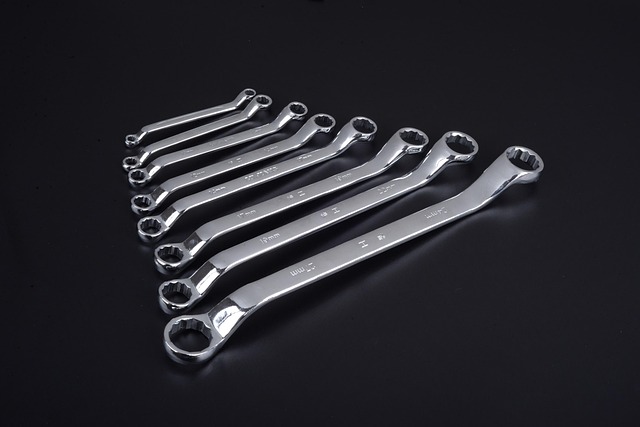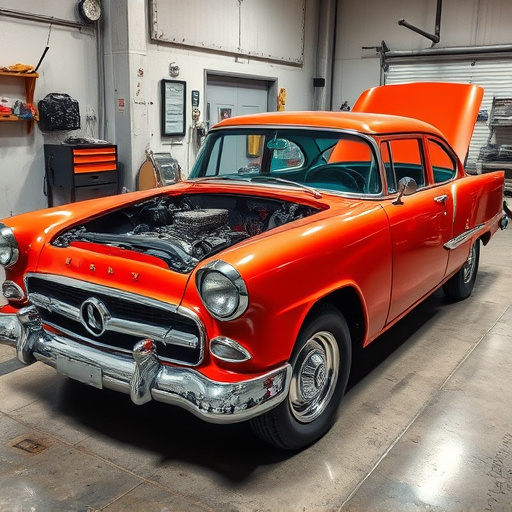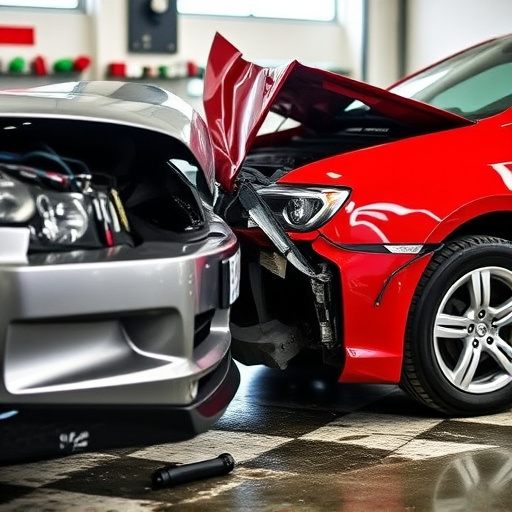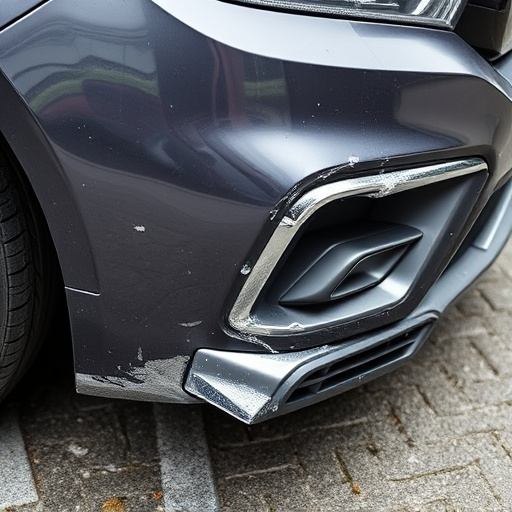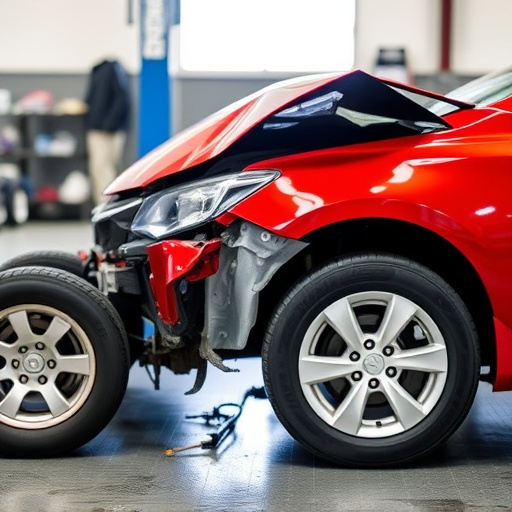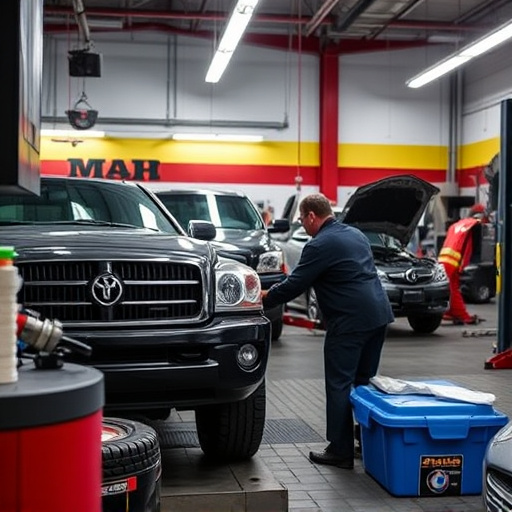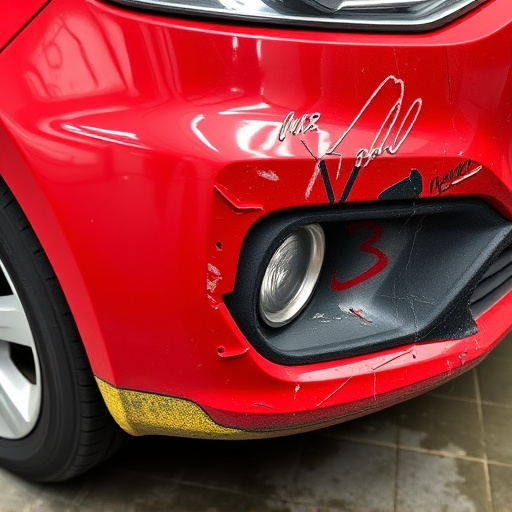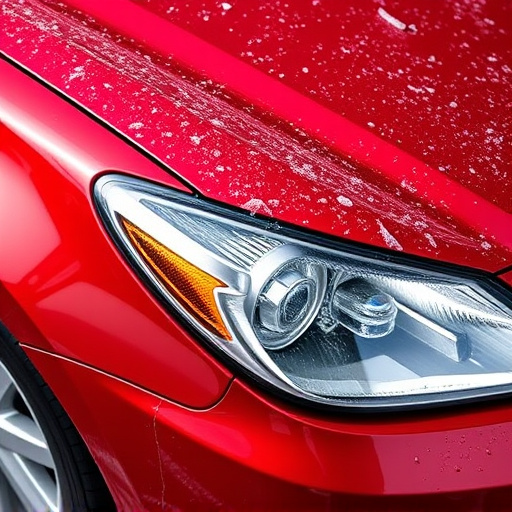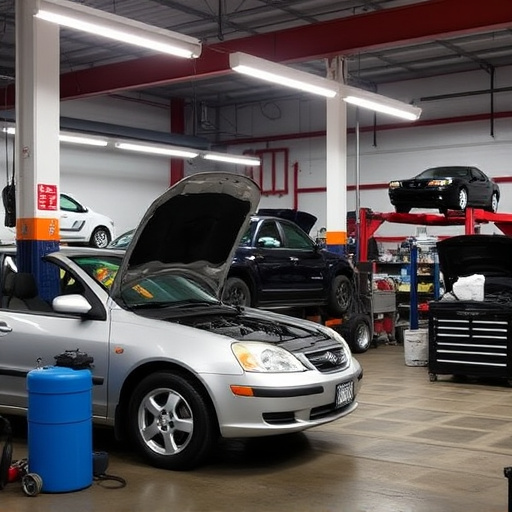Post-repair safety inspections are essential for body shops to minimize liability risks, ensure high-quality repairs, and enhance customer trust. These meticulous checks evaluate structural integrity, mechanical functionality, and adherence to industry standards, preventing issues that could lead to dissatisfaction or legal problems. By implementing comprehensive inspections, shops protect themselves and their customers, fostering a reputation for excellence and safety in auto repair.
A post-repair safety inspection is not just a formality; it’s a powerful risk management strategy. In an industry where accidents can lead to significant liability, these thorough checks are essential. This article delves into the crucial role of post-repair safety inspections in reducing legal exposure. We explore key components for effective inspections and how comprehensive assessments protect businesses from potential claims. Understanding these practices is vital for any organization seeking to maintain a safe working environment and mitigate financial risks.
- Understanding Post-Repair Safety Inspection Importance
- Key Components of an Effective Post-Repair Inspection
- Mitigating Liability Risks Through Comprehensive Checks
Understanding Post-Repair Safety Inspection Importance
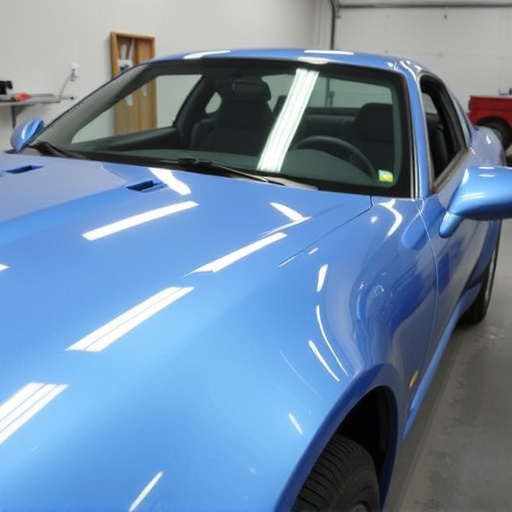
A post-repair safety inspection is a crucial step that often gets overlooked but significantly reduces liability exposure for both car body shops and vehicle owners. In an industry where accuracy, precision, and adherence to standards are paramount, this process ensures that repairs are not only visually appealing but also safe and sound. It involves a meticulous examination of every component, from structural integrity checks to functionality tests, ensuring that the automotive repair aligns with safety regulations and quality expectations.
By implementing thorough post-repair safety inspections, car body shops can safeguard themselves against potential claims and criticisms. This practice not only protects their reputation but also demonstrates a commitment to excellence in vehicle body repair. It’s an investment in peace of mind, knowing that every repaired vehicle leaves the shop with a guarantee of safety and reliability—a key differentiator in a competitive market where customer trust is paramount.
Key Components of an Effective Post-Repair Inspection
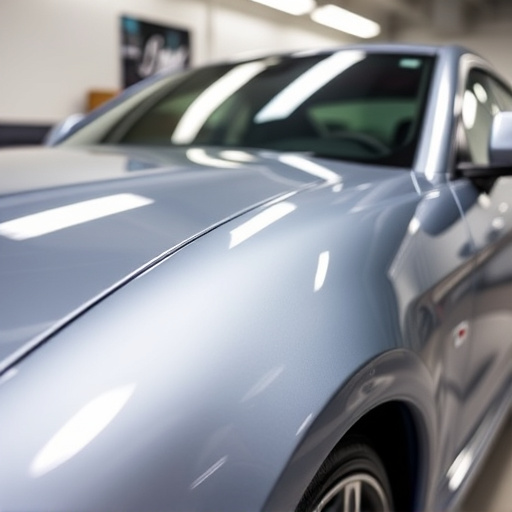
A comprehensive post-repair safety inspection is an indispensable step in mitigating liability risks associated with auto repair services. It involves a meticulous examination of various aspects of the vehicle, ensuring that all repairs are not just visually appealing but also structurally sound and safe to operate. These inspections go beyond surface-level checks, delving into critical components like frame straightening, vehicle paint repair, and overall mechanical integrity.
During these assessments, trained technicians scrutinize every detail, from the alignment of panels to the condition of safety-related features. This involves advanced diagnostic tools to verify repairs, ensuring that no hidden issues remain. By implementing robust post-repair safety inspections, auto repair shops can maintain high standards, foster customer trust, and ultimately protect themselves from potential liability claims stemming from subpar workmanship or unsafe vehicles.
Mitigating Liability Risks Through Comprehensive Checks

Post-repair safety inspections are a vital step in mitigating liability risks associated with collision repair shop operations. Comprehensive checks ensure that all repairs have been executed to the highest standards, minimizing the chance of subsequent issues that could lead to customer dissatisfaction or worse—legal repercussions. These inspections go beyond visual assessments to include functional tests and quality control measures, ensuring every aspect of the vehicle is safe and reliable after the repair process.
By implementing rigorous post-repair safety inspections, body shop services can protect themselves against potential claims related to defective work. This proactive approach not only enhances customer trust but also serves as a robust defense mechanism. Moreover, it allows collision repair shops to identify and rectify any issues early on, ensuring the safety of every vehicle that leaves their facilities, including critical components like tires services, brakes, lighting systems, and more.
A thorough post-repair safety inspection is not just a best practice; it’s a powerful tool for businesses aiming to minimize liability exposure. By meticulously evaluating the work after repairs, you can identify potential hazards, ensure customer safety, and protect your business from costly legal issues. Incorporating these inspections into your routine maintenance procedures demonstrates a commitment to quality and safety, fostering trust with clients and reducing the risk of accidental claims. Embrace the benefits of post-repair safety inspection as a strategic step towards a safer working environment and reduced legal liabilities.

